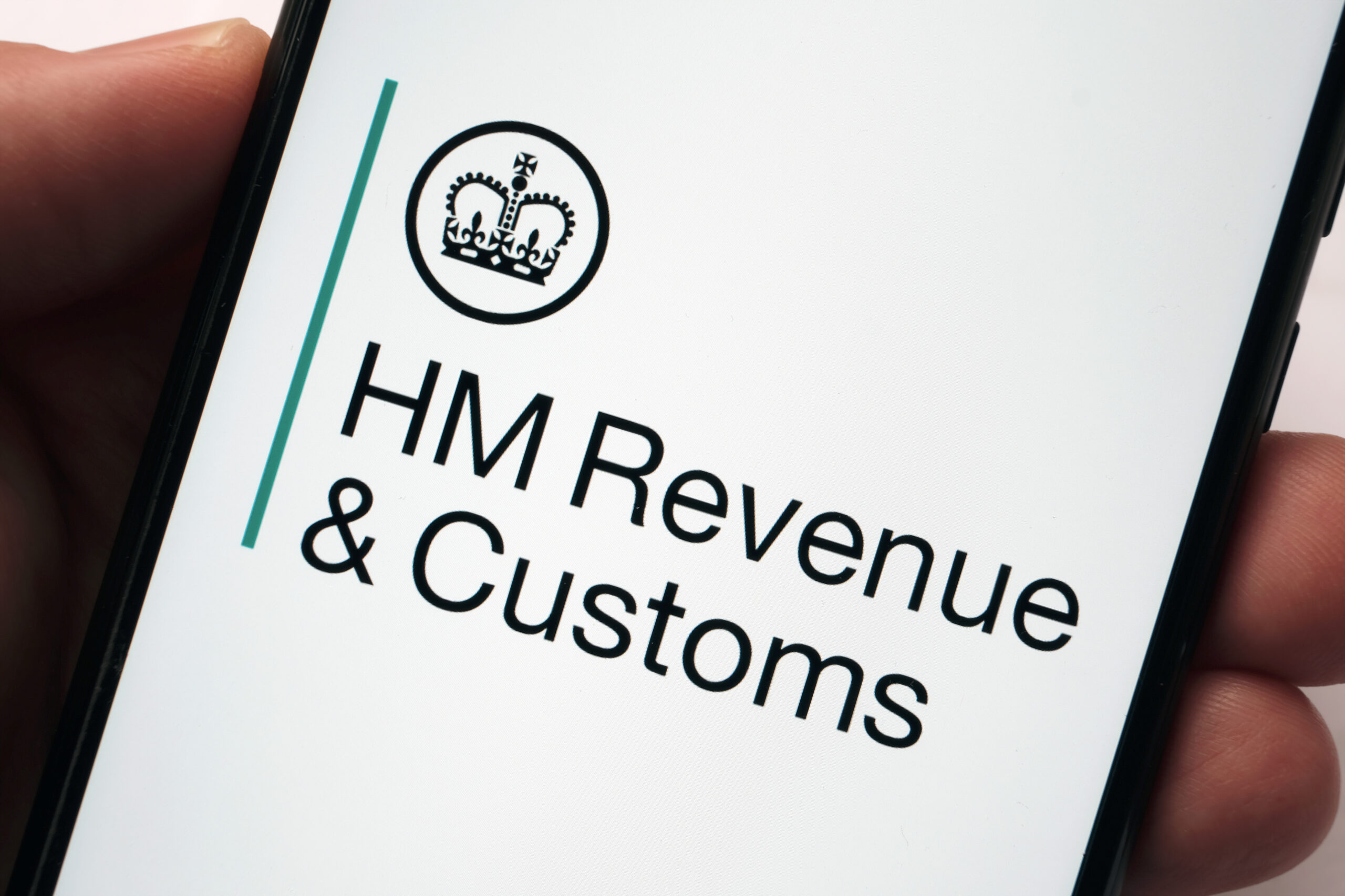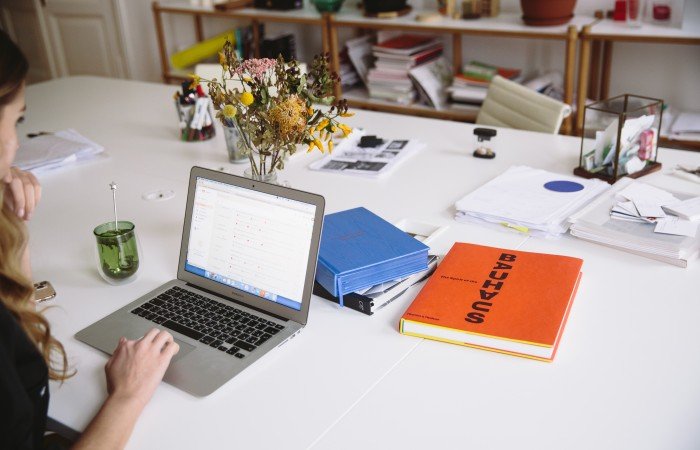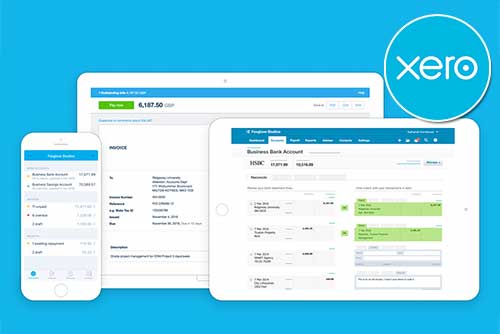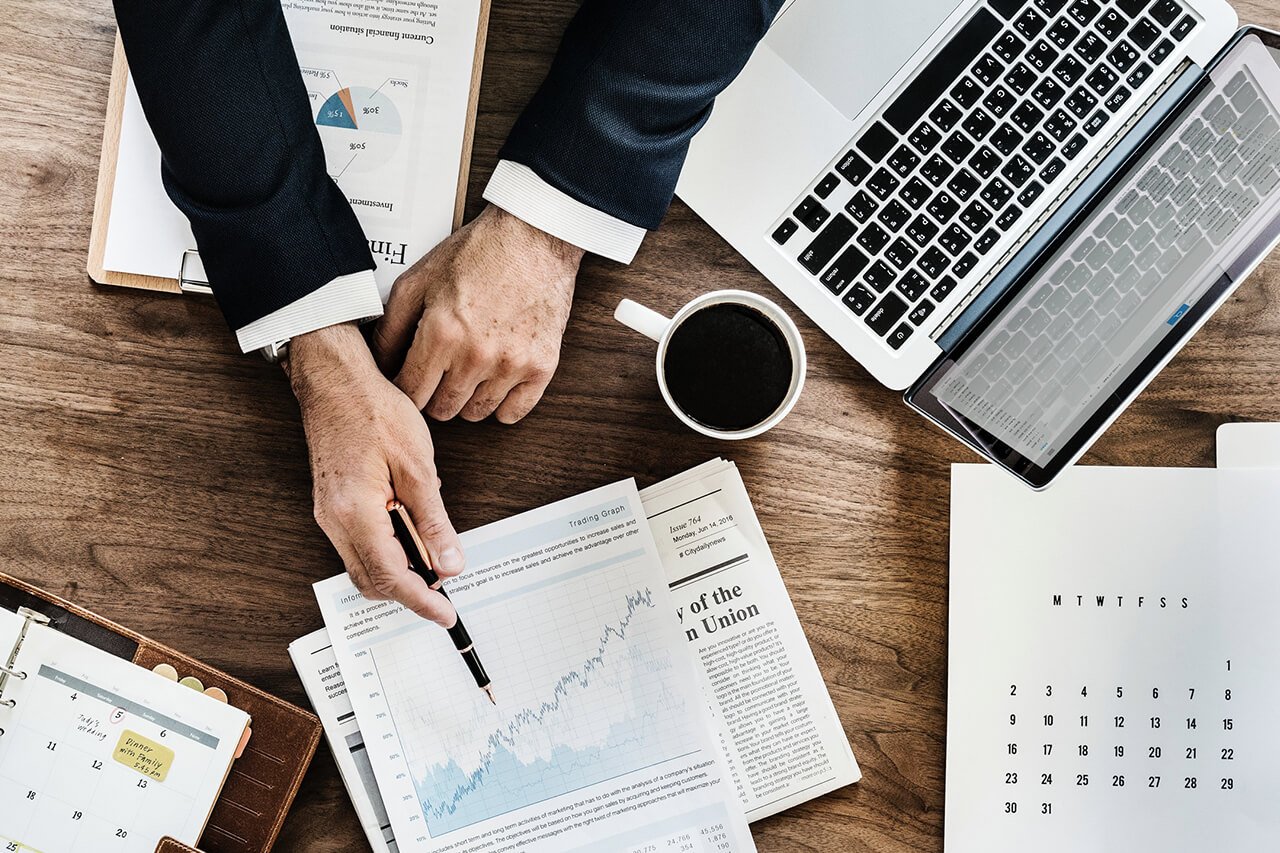What Is the Cash Accounting VAT Limit?
The VAT Cash Accounting Scheme is a unique approach to handling VAT that can significantly impact a business’s cash flow. This scheme, part of the broader VAT regime, offers a different perspective on when VAT is due, focusing on payment receipt rather than invoice issuance.
Understanding this scheme is crucial for businesses looking to optimise their cash flow and VAT handling. It’s a game-changer in the VAT landscape, offering a fresh perspective on VAT payment and recovery. Let’s dive in and unravel the VAT Cash Accounting Scheme, and whether or not there is a cash accounting VAT Limit.
What is the VAT Cash Accounting Scheme?
The VAT Cash Accounting Scheme is a unique accounting method designed for businesses. It’s a part of the VAT regime that allows businesses to pay VAT only when they have received payment from their customers.
This scheme is different from the standard VAT accounting where VAT is payable on invoices issued, regardless of whether payment has been received.
The VAT Cash Accounting Scheme is particularly beneficial for businesses with slow-paying customers, as it can significantly improve cash flow. It applies to:
- Businesses with a taxable turnover of less than £1.35 million during the next tax year.
- Companies that are up-to-date with their VAT returns.
- Firms that have paid their VAT in full or have arranged to pay any outstanding VAT amounts.
- Businesses that do not anticipate any major changes in the volume or nature of transactions in the near future.
Instead of paying VAT based on the invoice date, businesses using this scheme pay VAT when the payment is actually received. This means that if you issue an invoice in March and your client pays it in April, you won’t owe VAT until April. This can be a game-changer for businesses, especially those with clients who take their time to pay their invoices.
The scheme also affects how businesses reclaim VAT on their purchases. Under this scheme, you can only reclaim VAT when you’ve paid your supplier. This differs from the standard VAT regime where businesses use invoices as the basis for paying and reclaiming VAT.
However, it’s important to note that the implementation of this scheme is not harmonised among EU Member States. Therefore, businesses need to verify if their base country supports cash accounting and what specific conditions they set, such as annual turnover.
In the UK, for instance, to use the scheme, your VAT taxable turnover must be £1.35 million or less. So, while the VAT Cash Accounting Scheme can be beneficial in terms of cash flow, it’s crucial to understand how it works and whether it’s the right fit for your business.
Calculating the Value of Taxable Turnover
Estimating future taxable supplies for the VAT Cash Accounting Scheme can be tricky. It’s not just about adding up your sales invoices. You need to consider the value of all taxable supplies, including zero-rated and reduced-rate supplies.
The first step is to understand your business cycle. Look at your past performance and identify any patterns or trends. This will give you a rough idea of your future taxable turnover.
Next, consider any changes that might affect your turnover. Are you planning to launch a new product or enter a new market? These could significantly increase your taxable supplies.
What to do if the value of your taxable supplies exceeds £1,350,000?
If your taxable turnover exceeds £1,350,000, it’s crucial to reassess your position in the VAT Cash Accounting Scheme. This is not an automatic disqualification, but it does require careful consideration and documentation.
Firstly, if the increase in turnover is a one-off event, such as the sale of a capital asset, and you have reasonable grounds to believe that your taxable supplies will fall below £1,350,000 in the next 12 months, you may remain in the scheme. However, you must keep a record of your decision-making process and the reasons for your continued participation.
Exceeding the £1,350,000 threshold doesn’t necessarily mean the end of your participation in the VAT Cash Accounting Scheme. But it does mean you need to be proactive in managing your VAT obligations and maintaining accurate records.
Leaving the VAT Cash Accounting Scheme
You may decide to leave the VAT Cash Accounting Scheme for various reasons. One common reason is when your business turnover exceeds the scheme’s ceiling. This is a clear indicator that it’s time to exit.
Another scenario is when you no longer find the scheme beneficial. Perhaps your customers are prompt with payments, and the scheme’s advantages no longer apply.
You might also choose to leave if you’re facing a VAT penalty. This could be due to non-compliance with the scheme’s rules.
Exiting the VAT Cash Accounting Scheme isn’t as daunting as it may seem. The first step is to notify HMRC. This can be done online or by post. It’s crucial to specify the date you intend to leave the scheme.
Next, you’ll need to calculate the VAT due on all unpaid invoices issued while you were part of the scheme. This is a critical step as it ensures you’re not hit with a VAT penalty.
The final step is to include this VAT in your VAT return for the return period in which you leave the scheme. Remember, leaving the scheme doesn’t exempt you from your VAT obligations.
Accounting for Outstanding VAT and Bad Debts
Understanding how to account for VAT on bad debts and outstanding VAT is crucial for maintaining accurate financial records and ensuring compliance with HMRC regulations. Let’s delve into the specifics.
How to account for outstanding VAT when leaving the scheme
When you decide to leave the VAT Cash Accounting Scheme, there are certain steps you need to take. One of these is accounting for outstanding VAT. This is a crucial step, as it ensures you’re not left with a hefty bill from HMRC.
Firstly, you need to calculate the total amount of VAT you owe. This includes VAT on all unpaid invoices issued while you were part of the scheme. Remember, this is the VAT you would have paid if you were not using the scheme.
Next, you need to report this outstanding VAT on your final VAT Return. This is done by adding the outstanding VAT to the VAT due in the period you leave the scheme.
Accounting for outstanding VAT on bad debts when you leave the VAT Cash Accounting Scheme
When you decide to leave the VAT Cash Accounting Scheme, it’s crucial to understand how to account for VAT on bad debts. This process can be a bit complex, but it’s essential for maintaining accurate financial records.
Firstly, you need to identify any outstanding VAT on bad debts. These are amounts that you’ve invoiced for but haven’t received payment. It’s important to keep a record of these, as they can impact your VAT liability.
Next, you can claim bad debt relief for these amounts. This means you can reduce your VAT liability by the amount of VAT you’ve charged but not received. However, there are specific conditions to meet before you can claim this relief.
Final Thoughts on the VAT Cash Accounting Scheme
The VAT Cash Accounting Scheme is a valuable tool for businesses, particularly those with a taxable turnover below £1,350,000. It offers a practical way to manage VAT payments, aligning them more closely with actual cash flow. This can significantly ease the burden of VAT management, especially for businesses dealing with bad debts.
However, it’s crucial to understand the scheme’s intricacies, from eligibility criteria to the process of leaving the scheme.
Missteps could lead to VAT penalties or other complications. Therefore, it’s advisable to seek professional advice or use reliable accounting software to ensure compliance.
Lastly, remember that the VAT Cash Accounting Scheme is just one of many VAT schemes available. It’s worth exploring other options, such as the Annual Accounting Scheme, to find the best fit for your business.
Always keep a record of your transactions and issue VAT invoices promptly to maintain a smooth VAT regime.





















